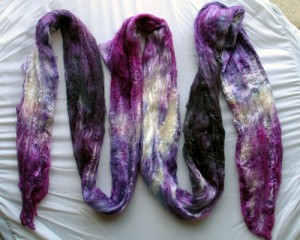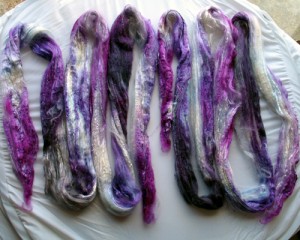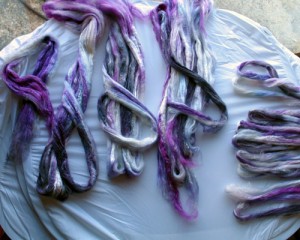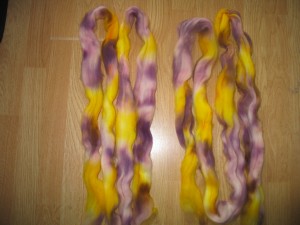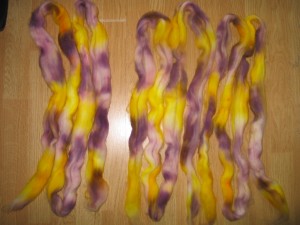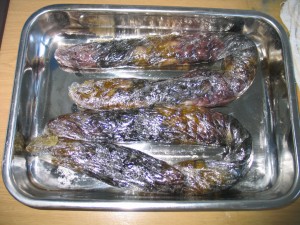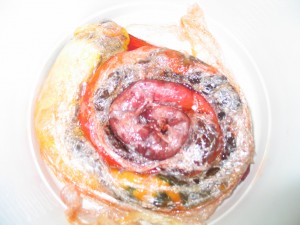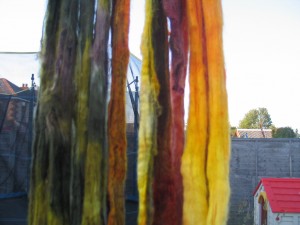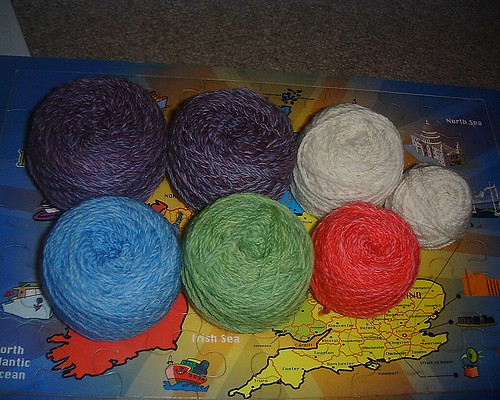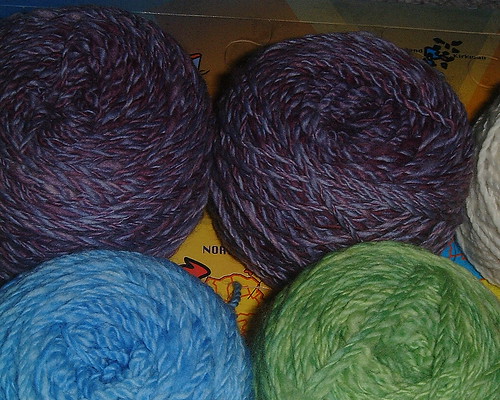I’ve had a 3week long battle with a dental abscess and the dentist. I won’t bore you with all the details, but today we got to;
Dentist “I didn’t know you were in pain last time I saw you.”
Me “I told you I was. And the receptionist.”
Dentist “you didn’t tell me or I would have prescribed some antibiotics.”
Me “The receptionist told me there was no way for me to get an appointment any earlier (than 2weeks), that I’d have to wait, even though I told her I was in pain.”
Dentist “You could have come back sooner.”
Me “As I said before the receptionist said the earliest I could be seen was …”
Me “The only reason I called today was because my GP said you HAD to see me today. So I thought I’d try.”
So the result so far? Another course of antibiotics, stronger ones for anaerobic bacteria this time, hopefully they will work and we can get on with treatment.
The toothache is bad enough but I’ve been getting waves of the most horrific pain all up that side of my face, jaw and neck. These waves of pain leave me unable to do anything but lay there shaking and sobbing until they pass, usually about half an hour later. There doesn’t seem to be a trigger and the painkillers make no difference. I just hope the antibiotics work quick!
So as you can imagine I haven’t done much knitting in the last 2weeks and especially not the last few days.
Between waves of pain I’ve managed to knit most of the raglan for a jumper for my daughter.
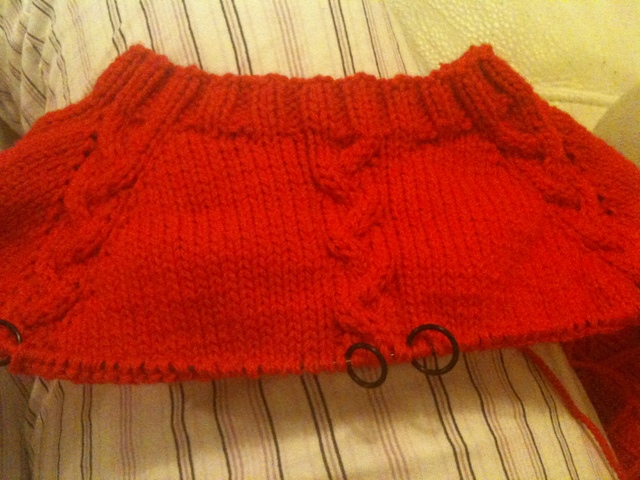
The wool is beautiful Superfine Australian 8ply, maximum of 18microns. It doest say it’s merino, but it must be at that kind of fineness. It’s superwash and bright red of course so perfect for my daughter. It was a very kind gift from an Australian Ravelry friend.
Last night I thought maybe I could work through the pain by flicking some beautiful Shetland locks. I got some done before the pain overwhelmed me again.
The fleece is a White Shetland Ewe fleece I bought at Wonderwool last year. It’s beautiful; fine wool with a good crimp, no break.
Hand washed by me.
A box of flicked locks.
This is probably the simplest, easiest and cheapest method of processing fleece except for spinning directly from the unwashed fleece.
All you need a small flicker, you can buy one from your spinning supplier, but you don’t need to. A dog slicker from your local pet shop or discount store will work just as well. I paid about £2.50 for mine from Wilkinsons.
I’ll try and post a photo later so you know what you are looking for.
You’ll also want a piece of leather or thick plastic to lay over your lap to flick on, otherwise you’ll soon have a whole in your trousers.
As a final thought, I’ll show you the pretty card my daughter made for me. Wow her feet have got big since she was that tiny baby I bought home.









